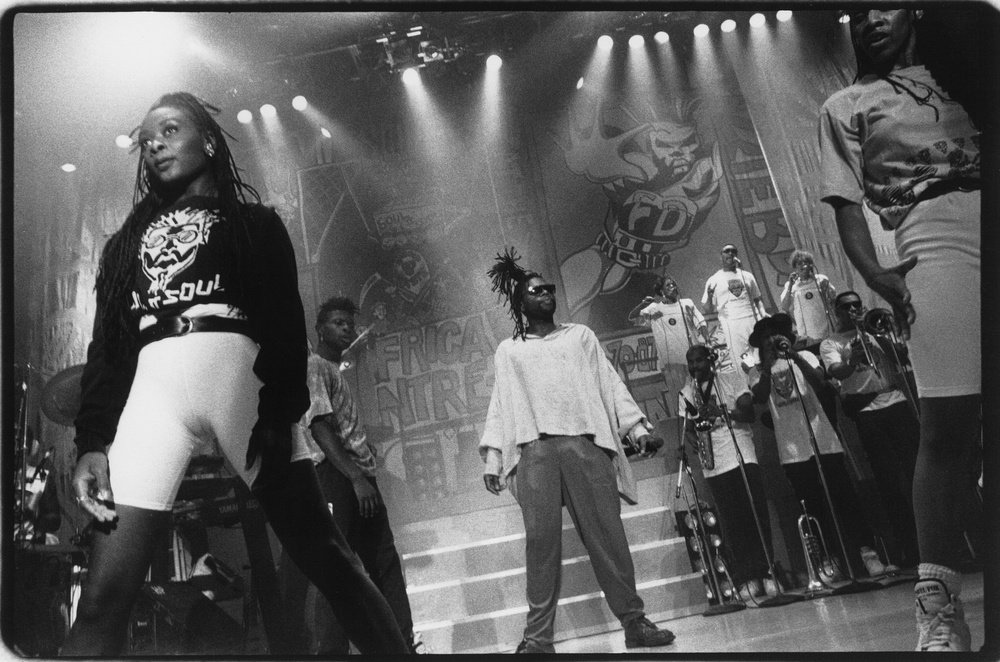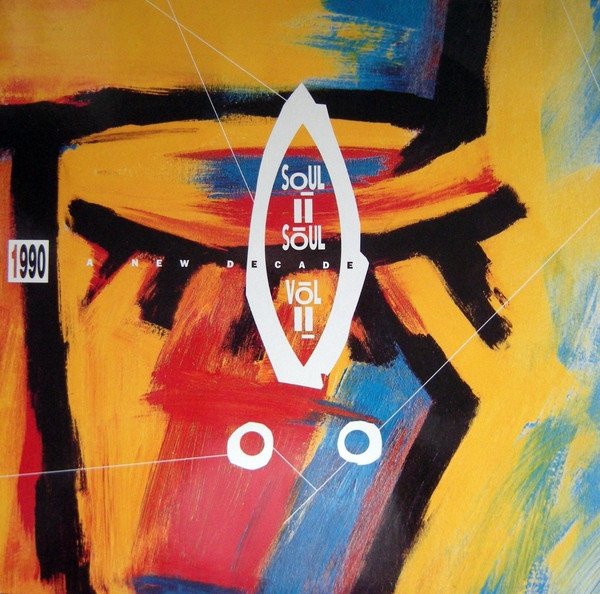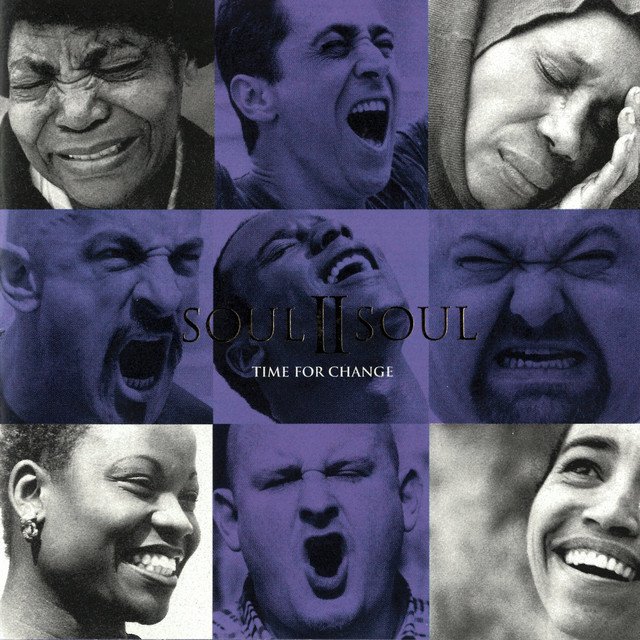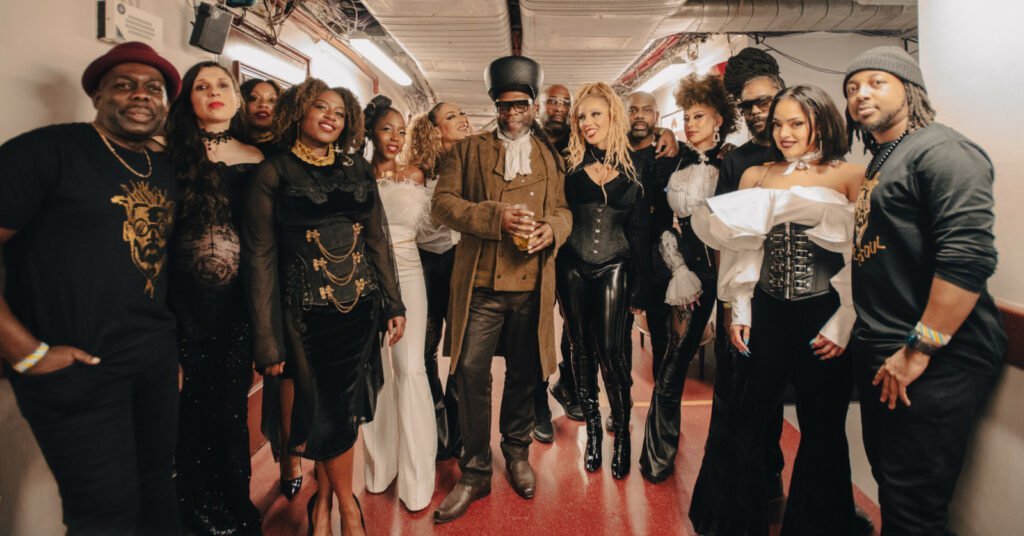
In the vibrant tapestry of 1980s Britain, a unique sound emerged from the heart of London’s multicultural landscape. Soul II Soul, founded by Jazzie B and Daddae Harvey, began as a sound system in North London, embodying the DIY ethos of the era. Their early days saw them transporting equipment on a number 14 bus and even using a supermarket trolley to reach gigs. This resourcefulness and passion for music laid the foundation for what would become a groundbreaking musical collective. Their Sunday night sessions at the Africa Centre in Covent Garden became legendary, drawing an eclectic crowd that mirrored the diverse influences in their music. These gatherings were more than just parties; they were cultural melting pots where music, fashion, and art converged, setting the stage for Soul II Soul’s ascent in the British music scene.
Drawing from a rich palette of musical influences, Soul II Soul crafted a sound that was both innovative and deeply rooted in black musical traditions. Their music seamlessly blended elements of reggae, soul, funk, and R&B, reflecting their beginnings as a sound system that played a diverse range of genres. This fusion was characterized by deep basslines, smooth rhythms, and an emphasis on groove, creating a sound that was both danceable and soulful. Their production process was equally eclectic. Recording at various London studios, including Addis Ababa Studios, Lillie Yard Studios, and Britannia Row Studios, they utilized an array of equipment from old synthesizers borrowed from Hans Zimmer to the SP-1200 sampler. This hands-on, experimental approach allowed them to craft tracks that were sonically rich and innovative.

Soul II Soul’s discography is a testament to their evolution and impact on the music industry.
1. “Club Classics Vol. One” (1989): This debut album, known as “Keep On Movin’” in the U.S., was a game-changer. It introduced the world to their signature sound, with standout tracks like “Keep On Movin’” and “Back to Life (However Do You Want Me).” The synergy between the introspective lyrics and the infectious rhythms captured the essence of urban life and personal introspection. The album’s production featured a blend of electronic beats and organic instrumentation, creating a timeless sound that resonated globally. This work earned them two Grammy Awards in 1990, cementing their place in music history.

2. “Vol. II: 1990 – A New Decade” (1990): Building on their initial success, this album showcased a matured sound with tracks like “Get a Life” and “A Dream’s a Dream.” The lyrics delved into themes of self-empowerment and societal issues, while the music incorporated richer orchestration and layered harmonies. The rhythm section maintained its groove-centric approach, ensuring that the messages were delivered on danceable beats.

3. “Volume III Just Right” (1992): This album marked a period of transition, with the group experimenting with new sounds and collaborations. Tracks like “Joy” featured the soulful vocals of Lamya, blending seamlessly with the rhythmic backdrop. The production explored deeper into jazz and funk territories, reflecting their willingness to evolve and push musical boundaries.

4. “Volume V Believe” (1995): Continuing their exploration, this album delved into more ambient and electronic sounds. Songs like “Love Enuff” showcased a fusion of house beats with soulful melodies, highlighting their adaptability and foresight into the evolving music landscape.

5. “Time for Change” (1997): This album reflected a period of introspection and transformation. The tracks carried a more subdued tone, with lyrics focusing on personal growth and societal observations. The musical arrangements were minimalist yet impactful, allowing the messages to take center stage.

6. “Origins: The Roots of Soul II Soul” (1999): A homage to their beginnings, this compilation revisited their early sound system days. It featured remixes and original tracks that highlighted their journey and the foundational sounds that influenced their rise.

7. “Classic Masters” (2003): This compilation brought together their most iconic tracks, serving as a testament to their enduring legacy. It provided both longtime fans and new listeners with a curated experience of their musical evolution.

Soul II Soul’s influence extends beyond their discography. Their Funki Dred logo became emblematic of a movement, adorning clothing and merchandise that allowed fans to embody the Soul II Soul lifestyle. Their motto, “A happy face, a thumpin’ bass, for a lovin’ race,” encapsulated their ethos of unity and positivity through music.
In summary, Soul II Soul’s contributions to music are multifaceted. They broke barriers, blending genres to create a sound uniquely their own. They fostered a cultural movement that celebrated diversity and unity. They demonstrated that innovation comes from authenticity and a deep connection to one’s roots.
For those who haven’t yet experienced their music, Soul II Soul offers four compelling reasons to dive in. Their innovative sound, a fusion of reggae, soul, funk, and R&B, paved the way for future genres and artists, making their tracks timeless. They also had a profound cultural impact, capturing the spirit of 1980s Britain and providing a soundtrack to a pivotal era in multicultural London. Their lyricism adds depth to their music, exploring themes of love, life, and societal issues while maintaining infectious rhythms. Lastly, their legacy is undeniable—understanding their music provides insight into the evolution of British black music and the foundations upon which contemporary artists continue to build.

